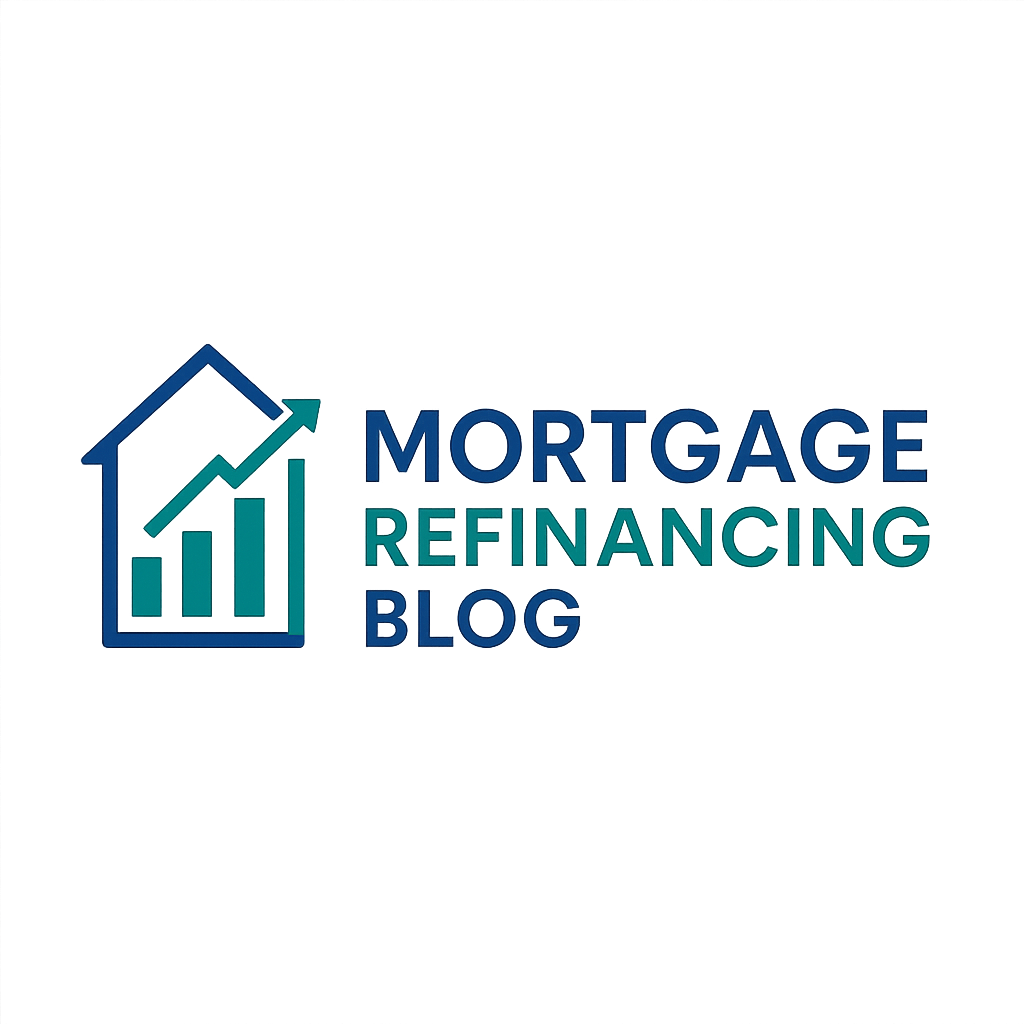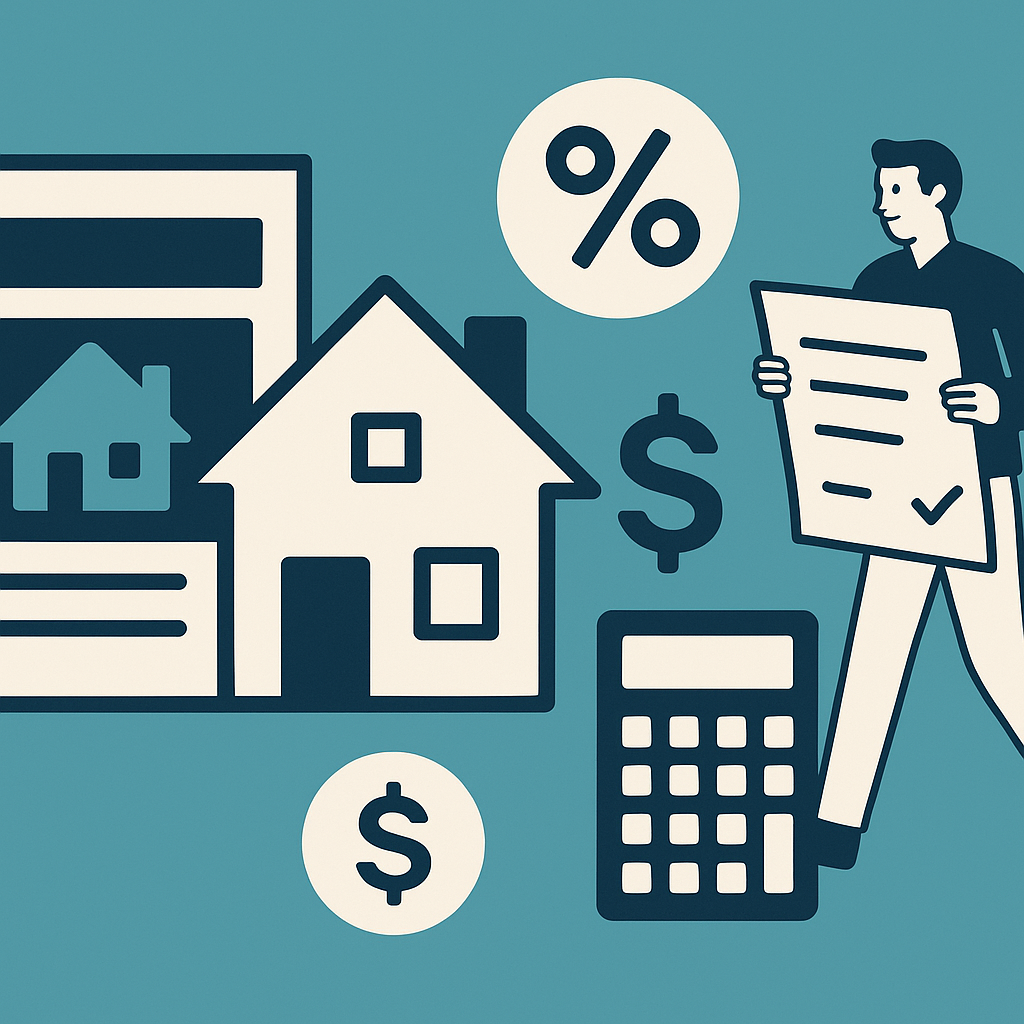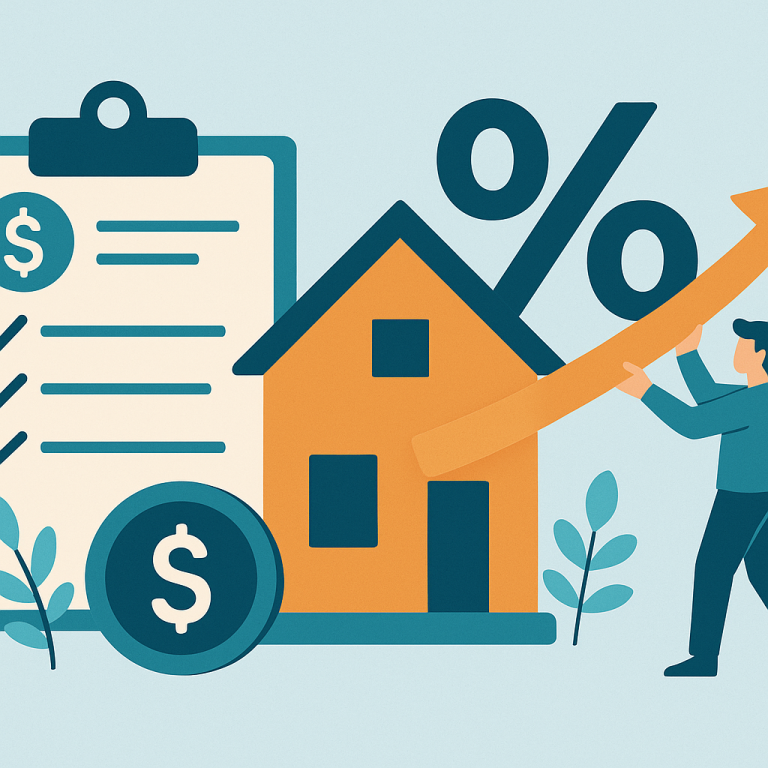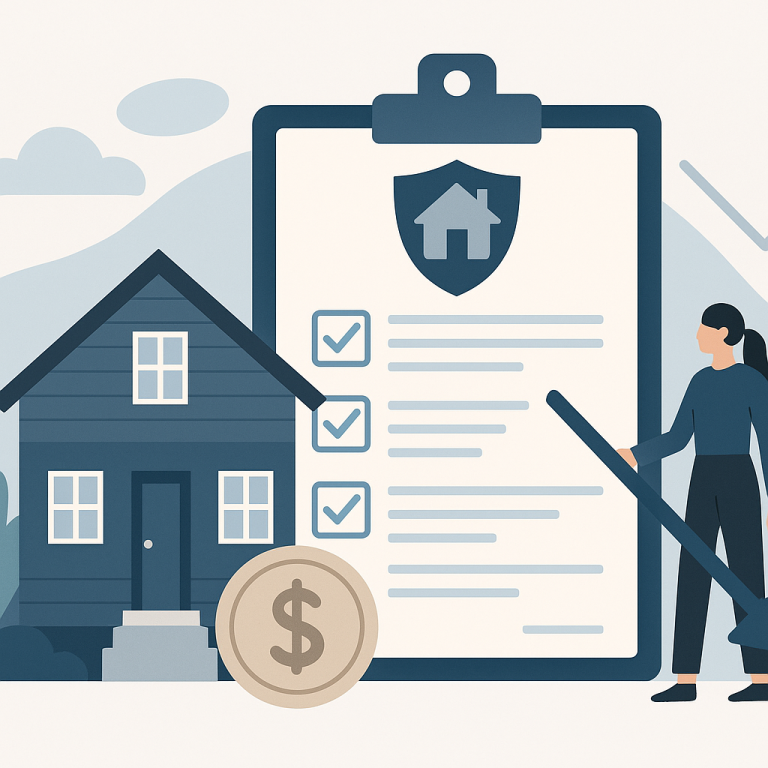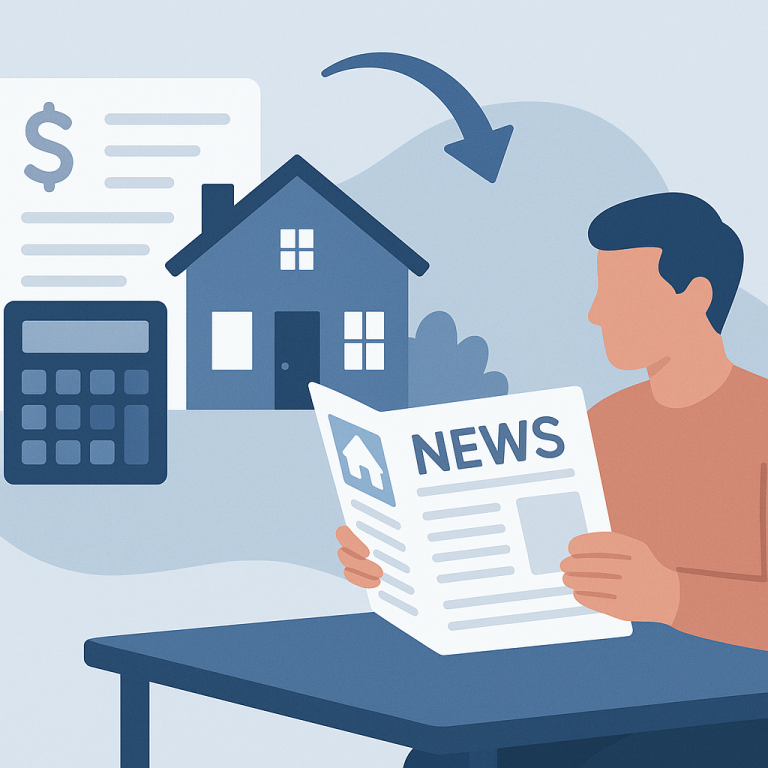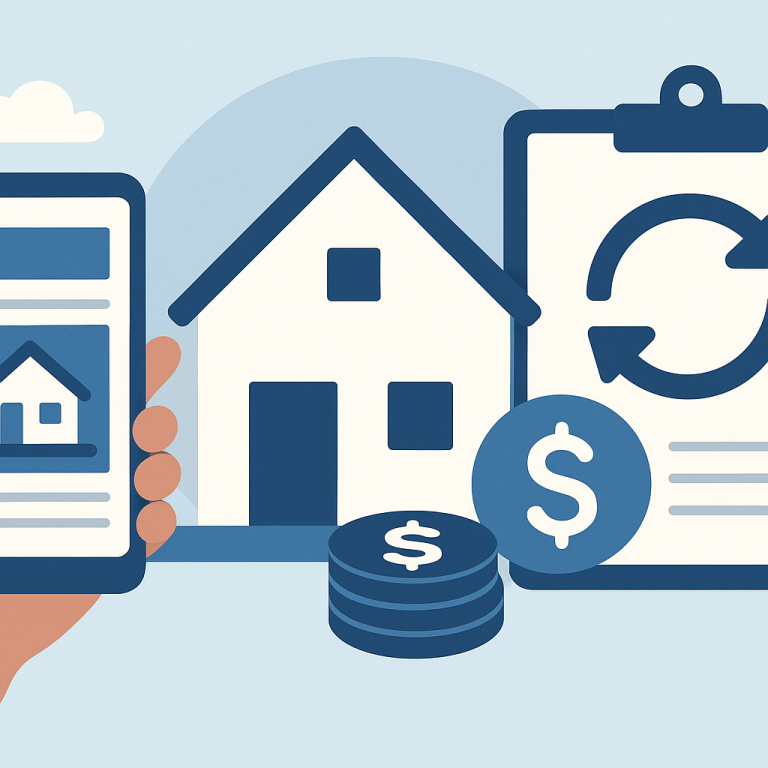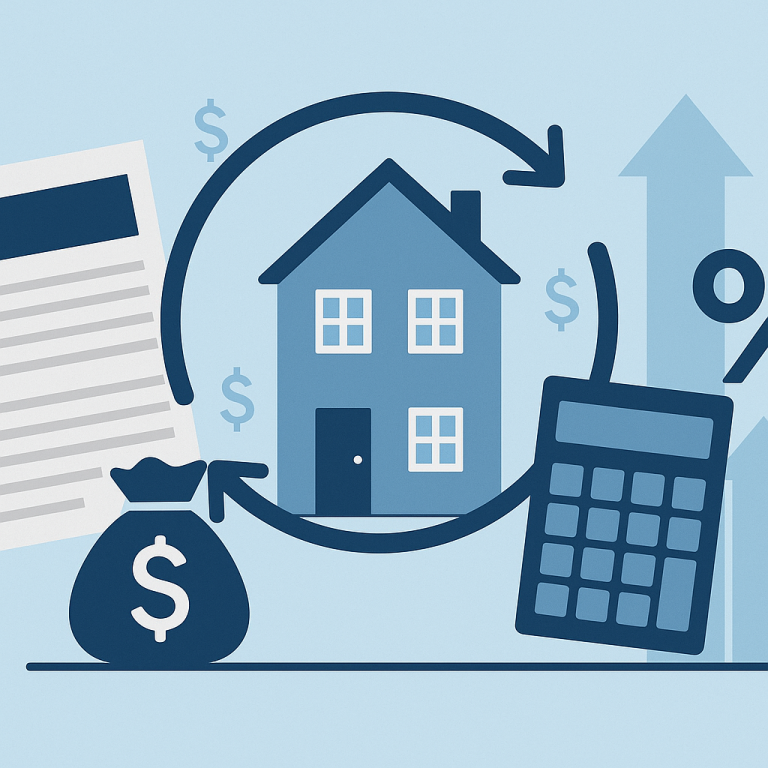Refinance Demand Climbs As 30-Year Mortgage Rates Dip Below 5%
At a glance: The latest mortgage rate move and how it could affect refinancing decisions.
Mortgage rates have shifted. The effect depends on a borrower’s current loan rate, term remaining, and goals.
What the Rate Move Means for Borrowers
Homeowners weighing a mortgage refinance are facing a market defined by rate volatility and divergent lender offers. For borrowers with older, higher-rate loans or adjustable-rate mortgages approaching a reset, refinancing can still deliver meaningful benefits — but only after careful evaluation of costs, timing and long-term goals.
Market context and why timing matters
Recent market swings mean published rates can change quickly and lender risk pricing varies. That environment increases the value of a disciplined approach: comparing multiple quotes, understanding the available rate-lock windows, and evaluating the trade-off between upfront costs and projected monthly savings. Timing is less about catching a perfect low point and more about finding an offer that aligns with the homeowner’s horizon and cash flow priorities.
Who benefits most from refinancing
Refinancing tends to favor borrowers whose current mortgage rate is materially higher than prevailing offers, homeowners with sufficient equity, and those who plan to stay in the property long enough to recoup closing costs. It is also frequently advantageous for owners of adjustable-rate mortgages that are about to reset, because a refinance can secure payment stability by moving to a fixed-rate term.
Key factors to evaluate
- Break-even horizon: Calculate how long it will take for monthly savings to offset closing costs. If that period is comfortably shorter than the expected time in the home, refinancing is more likely to make sense.
- Total interest over the loan life: Consider whether you are willing to trade lower monthly payments for a longer repayment horizon, or whether shortening the term would better serve long-term savings.
- Closing costs and credits: Look at no-closing-cost options and compare them to traditional refinances; credits can raise the effective rate or extend the break-even period.
- Credit profile and documentation: Strong credit and stable income can improve available pricing and reduce friction during underwriting.
- Home equity and mortgage insurance: Check whether refinancing could eliminate private mortgage insurance (PMI) or enable a cash-out that still leaves sufficient equity for favorable pricing.
Practical steps for homeowners
Begin by collecting your current loan statement and recent home valuation. Request multiple rate quotes and ask lenders for a detailed Loan Estimate showing projected monthly payments, fees and the break-even calculation. Use a refinance calculator to test scenarios (changing term length, rolling fees into the loan, or taking cash out) and run sensitivity checks to see how outcomes change with modest rate movements.
Pay particular attention to rate locks and the lender’s policies around underwriting timelines. In a fluctuating market, a competitive quote is only valuable if the lender can secure the rate and complete the refinance within a predictable window.
Homeowner takeaways
- Refinancing remains a practical option for homeowners with higher current rates, substantial equity, or ARMs nearing reset.
- Focus on the break-even horizon and how the new loan supports your financial timeline — lower monthly payments are not automatically better if they extend the loan excessively.
- Compare multiple lenders, scrutinize Loan Estimates, and consider no-closing-cost offers only after modeling their long-term impact.
- When in doubt, run conservative scenarios and prioritize offers that balance rate certainty with transparent fees and underwriting speed.
Refinancing is a tool to reshape mortgage obligations, not a one-size-fits-all fix. Careful analysis and disciplined comparison will help homeowners determine whether pursuing a refinance now advances their financial goals.
META: homeowners-should-evaluate-break-even-horizon-and-term-adjustments-before-refinancing
